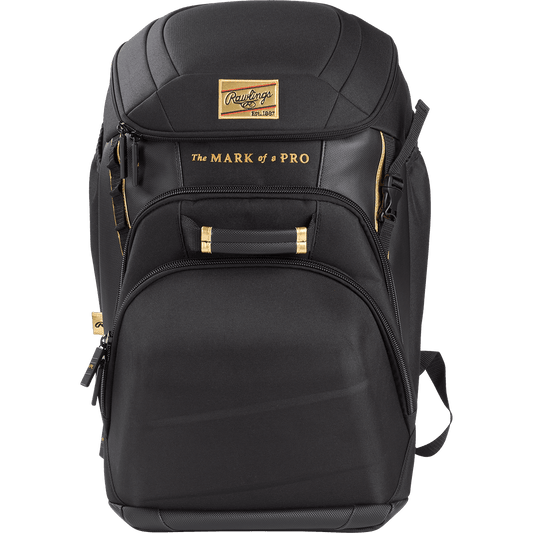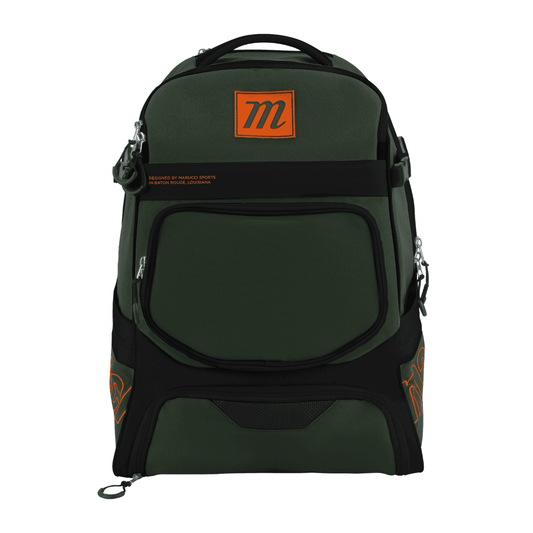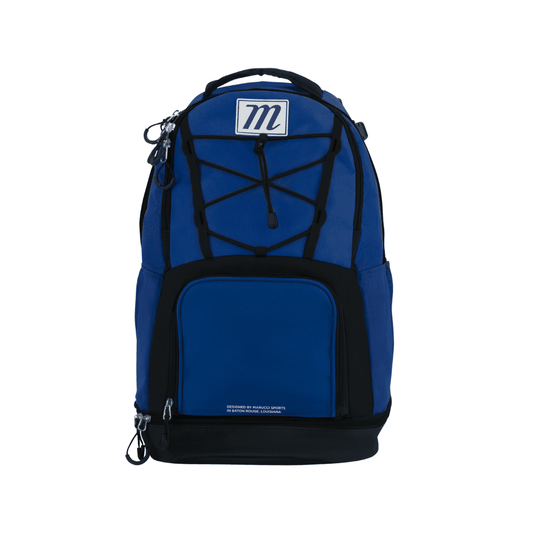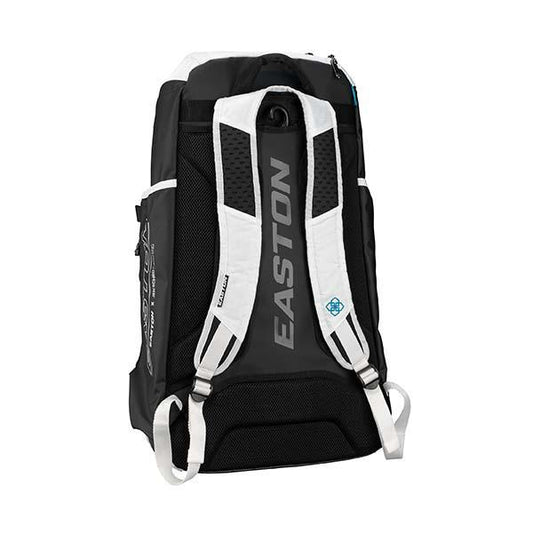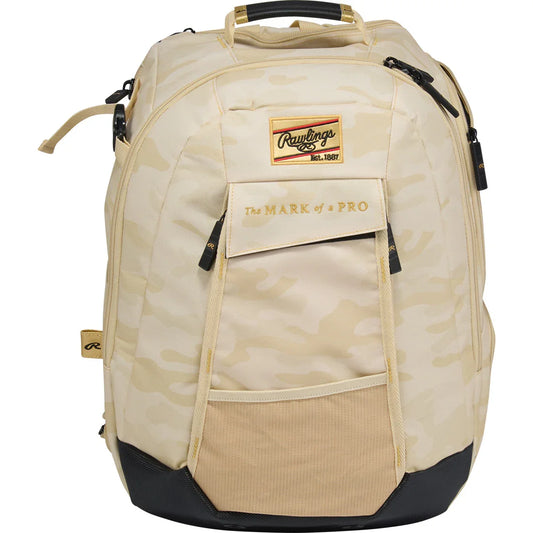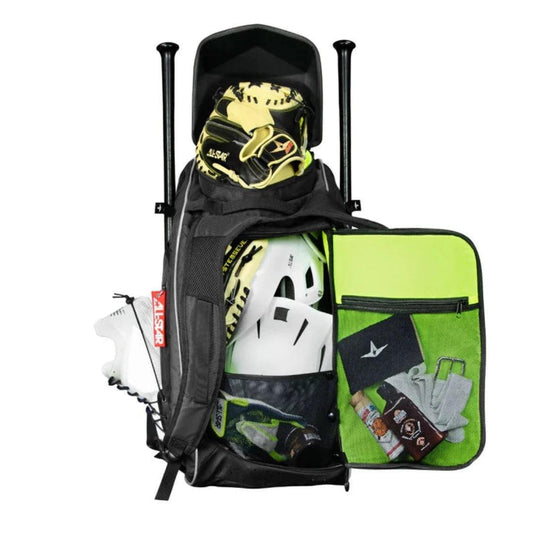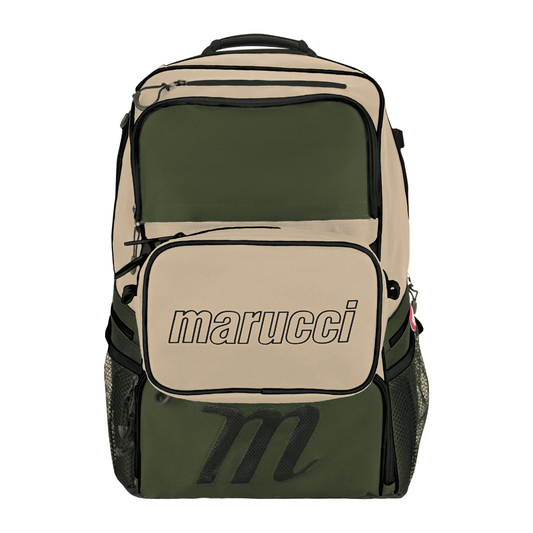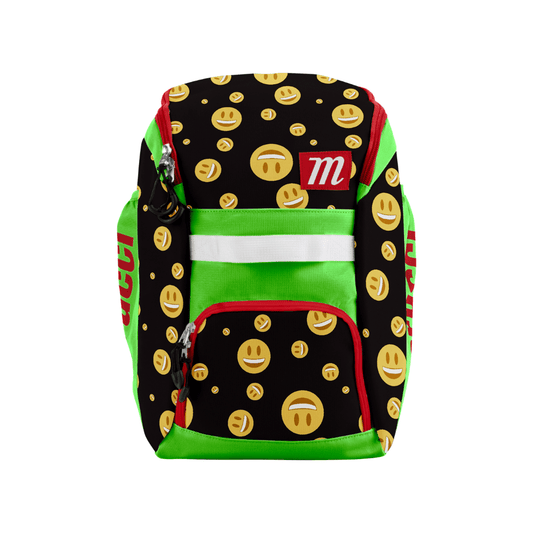Baseball pitching grips… do they really matter that much? Yes! The grip you have on a baseball is a little more complex than just putting the ball in your hand and going from there. How you grip the ball will determine how fast it goes, the direction it goes in, if there’s any spin or curving in the throw, and so on. Below, we’ll go over the top six types of baseball pitches to help you up your game the next time you step onto the pitching mound.
6 Types of Baseball Pitches
There are countless different pitching grips, but for our purposes, we’re going to focus on the six most common types and how to achieve them.
The four-seam fastball is the most common grip and typically the grip that’s first learned by players. This pitch is not only fast but allows the player more control over the ball and its trajectory and when batters see this pitch, they’ll see four parallel seams heading their way. To do the four-seam grip:
- Put your index and middle fingertips across the perpendicular seems on the baseball, with your thumb on the leather – not a seam – underneath the ball.
- Hold the ball with your fingertips more than full fingers, so there’s space between the ball and your palm, which creates less friction on the ball, allowing it to travel faster.
Averaging roughly one to three miles per hour slower than that four-seam, the two-seam fastball is another common grip. When batters see this grip, they’ll see only two parallel seams headed towards them. To grip a ball in this way:
- Put your index and middle fingers on the narrowest parts of the baseball seam and your thumb directly underneath, on leather and not the seam.
- Hold the ball with more of your fingers so that it’s closer to your palm.
The curveball is the perfect pitch to throw off batters because it starts to sink as it reaches them. It also looks like it’s outside of the strike zone initially, but then curves back in last second, and is slower than fastballs. While fastballs rotate from bottom to top, curveballs rotate from the top to the bottom. To hold this grip:
- Put your middle finger along the bottom seam on the baseball and your index finger right next to it, on the leather, and put your thumb on the back seam of the ball.
- When throwing a curveball, your elbow should be equal to or slightly higher than your shoulder, and you’ll let go of the ball closer to your body than you do in fastball pitches.
- As you release the ball, spin your thumb up as you spin your middle and index fingers down.
The slider grip was considered to be the best grip by baseball icon Ted Williams because they’re faster and break later than curveballs. To achieve this grip
- Position the ball the way you would for a two-seam grip, but then rotate it 45 degrees, and place your middle and index fingers next to the seam and allow your ring finger to rest on the ball.
- Your thumb will go directly under the ball on leather.
- Squeeze the ball between your middle finger and thumb.
There are many different types of changeups, but the circle changeup is the most popular. It’s almost identical to a fastball, but because of slight differences in the grip, it’s a much slower pitch. This confuses batters. To do the circle changeup:
- Make an ‘okay’ symbol/circle with your thumb and index finger.
- Put the ball in the palm of your hand and hold it there with your remaining fingers
The knuckleball is the slowest pitch and the hardest to throw. It also trips up batters the most because it has such unpredictable movements. It appears to be floating while also darting around, making it hard to hit. To do this grip:
- Position the ball the way you would for the two-seam pitch, but instead of holding your fingers along the seams, dig your fingertips into the leather of the ball, avoiding the seams entirely.
- Put your thumb underneath the ball, along the leather.
- When you let go of the ball, you’ll keep your wrist stiff as you release your fingers, almost like you’re flicking or pushing the ball.
























